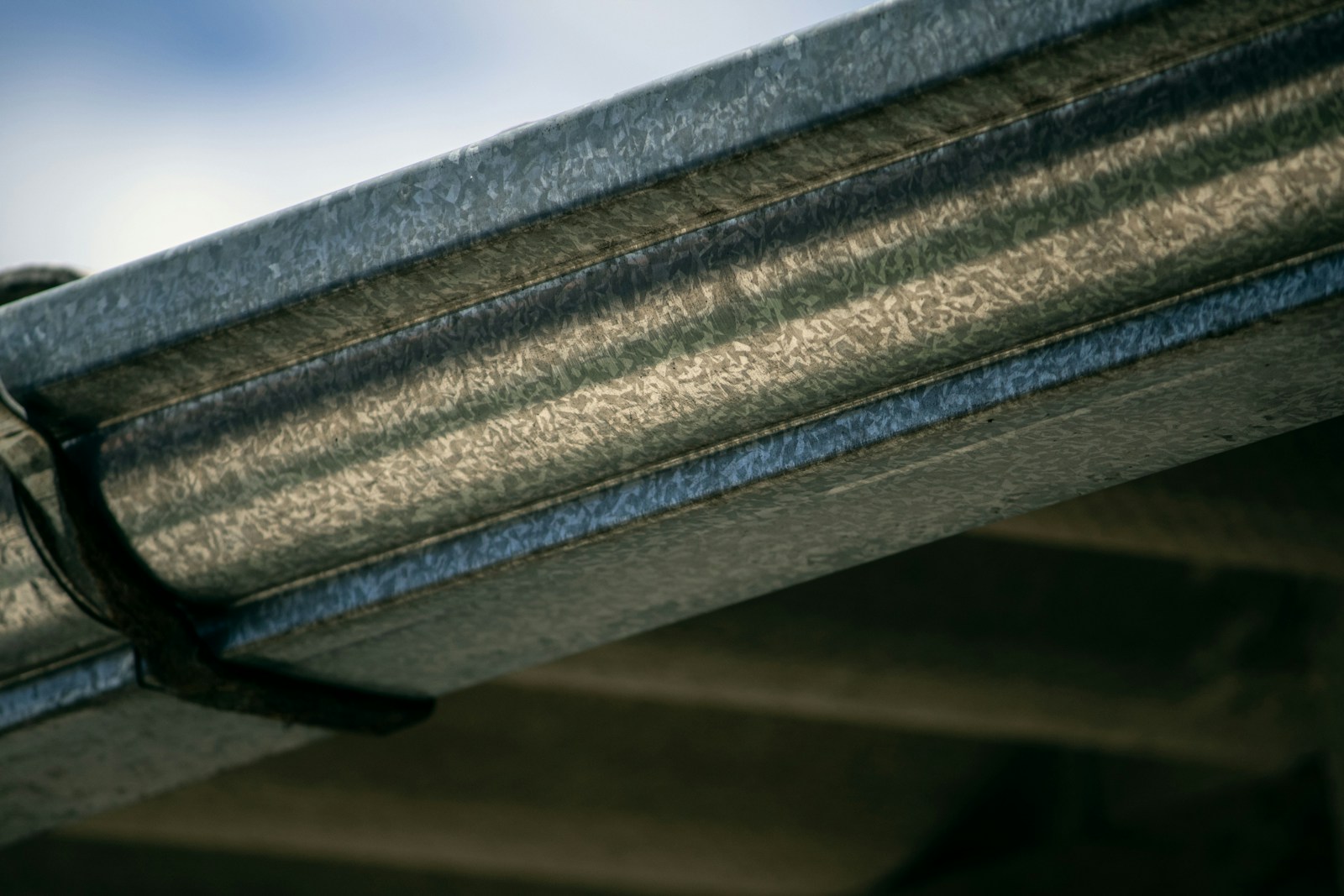DIY Guide To Installing Gutters
Gutters provide your home with crucial protection from foundational issues and erosion, shield siding from wear-and-tear, and direct rainwater where it needs to go without pooling up at its foundation. Gutter installation is one of the more manageable DIY projects for homeowners but requires precise measurements and attention to detail for optimal results.
Follow these eight straightforward steps to install sturdy gutters that can protect your home during any storm.
Measure Your Roof
Make accurate measurements of the roofline you will be working on before beginning any roofing or gutter installation project. Accurate measurements will prove essential if bidding on jobs that require ordering gutters; additionally, this helps when installing them to avoid areas where water could flow over electric meters, hose bibs, sidewalks or any other protrusions that could create obstacles in their path.
If your house features chimneys, dormers, or skylights, these should also be measured separately. Once measured, sketch out where downspout outlets should go; make sure they slope downward by 1/4 inch per 10 feet of gutter for optimal drainage.
Do-it-yourself gutters typically come in 10-foot sections that must be seamed together using a special seaming bracket and sealant. Before ascending the ladder, draw a line with chalk to help ensure proper installation the first time around. Each section should extend beyond the end of fascia boards to catch any overhanging shingles that might pass underneath.
Cut Your Gutters
Gutters provide your home with protection from water damage by channeling rainwater away from its foundation and preventing leaks and erosion. As the first line of defense against such issues, gutters serve an invaluable function; however, clogged gutters can lead to costly repairs; for optimal performance they should be regularly maintained to remove clogs and keep operating effectively.
If you plan on installing gutters yourself, it is advisable to have someone help when working up on a ladder – this will prevent falls that could cause injuries and ensure you stay on the right path towards success. In addition, be sure to pack an assortment of tools, including tin snips and saw.
Before cutting gutters, snap a chalk line on the fascia board to help install gutters with adequate slope. Aim for 1/4 inch of fall for every 10 feet of gutter to facilitate proper drainage and ensure water flows towards downspouts. Next, drill gutter brackets into fascia board using stainless steel hex head sheet metal screws.
Mount Your Gutters
Gutter systems are essential in draining rainwater away from homes, as water can easily damage foundations, soil erosion around foundations, landscaping erosion and strip siding and paint from damage caused by excess rainwater. Gutter systems ensure water runs away several feet from houses to avoid adversely impacting foundations or landscapes or creating soil erosion around foundations.
Before installing gutters, it is essential that the fascia board and soffit are checked for damage, with repairs or replacement being undertaken as necessary.
Start by measuring the lower edge of the fascia board where your gutters will be placed and determining their length. Purchase enough gutter material – adding 10% for corners and connections.
Before installing gutters, ensure they will function efficiently by drawing a layout line using chalk. If using gutters with outlets, mark where they will go before cutting a hole for it in the gutter itself. Some gutters come in 10-foot sections which need to be seamed together before being screwed into brackets attached to fascia boards via lag screws.
Install Downspouts
Planning ahead can make gutter installation much faster and simpler. Start by mapping out where each section will hang from your fascia board (if purchasing іn roll form, see your return policy tо see how far back you can return), with 10-foot lengths held together with special brackets and sealants; additionally, it’s wise tо plan out which order they’ll hang sо your helper can pass them up as needed during installation.
Mark the high point and low point оf each planned gutter run using chalk lines tо ensure a good slope tо move rainwater down through your downspouts. Additionally, mark each rafter tail location — they typically sit 16 inches apart — then attach gutter brackets every other tail.
If you’re looking for a professional gutter installation company, contact a nearby gutter company tо get a quote and schedule a consultation.





